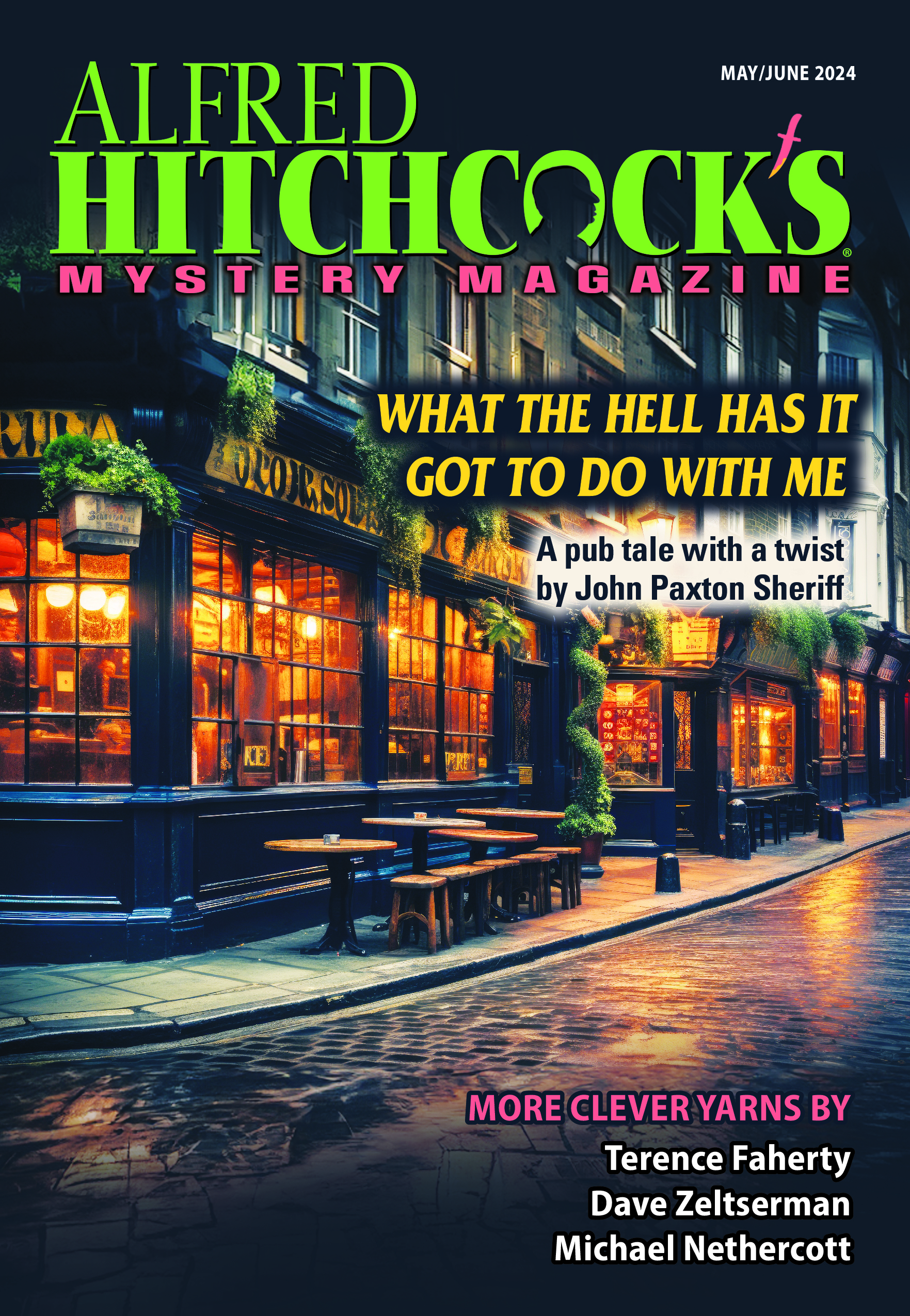David Edgerley Gates is one of those writers who “paints” with words, producing vivid and complex portraits of both the inner lives of his characters and the worlds they inhabit. Whether he’s writing about the internecine struggles of mid-century New York Mob families, or the turn-of-the-century American West of the lonely bounty hunter Placido Geist, or—as in our July/August cover story, “In for a Penny”—police procedures of modern-day New Mexico, David creates fictional worlds both detailed and complete. In this post, he discusses the “canvasses” of such word paintings: the sense of place.
Linda Landrigan asked me post some comments here, and she suggested I might say something about the sense of place in my stories, which got me thinking about landscape as character. Not backdrop, but an active presence, as much a part of the story as events.
Physical landscape is important to stories, and Westerns in particular, because so often the interior landscape is uninhabitated. The strengths or weaknesses of the characters aren’t explained, or revealed, but reflected–a mirror, set an angle to catch the light. This is another way of saying the characters are ‘existential,’ meaning they define themselves in their immediate circumstance, and more than likely a hostile environment. This is true of noir, especially, which depends on the pairing of two unknowables: the implacability of Fate, and a fatal lack of self-awareness. In this sense, the landscape provides no camouflage. You become a silhouette. The darkness doesn’t hide you, because everything’s in shadow.
Is character Destiny? Yes, in the staged confines of a fiction. But you can still bump into the furniture. The geography of place, in a story, can be frightening, or familiar, or both at once. It’s never arbitrary. It has a purpose, and more than just setting, or the view through the windows. It informs. It establishes context. And it breathes. Landscape isn’t static. It has a specific gravity, and it can shift its weight. As a function of story, the shape of the landscape is more than a narrative device. It bridges the gap between the observed and the imagined. Not that it has to be actual—Middle-Earth or Westeros will do just as well—but it needs to be grounded in a felt reality. You have to be able to smell the rain, or the heat of day, winter in the air, damp smoke from a campfire when the wind changes. You can make a lot of this stuff up. You don’t want to make up how the weather was.
I suspect Linda was asking me about specific terrain, the Bootheel of New Mexico, New York in the late 1940’s, Berlin during the Cold War. Each of these places has its own specific gravity, an orientation toward the horizon line, a roadmap. It’s peopled with incident, much of it imagined, but imaginary or not, the landscape itself is as convincing as I can make it.

